Hydroponics is often considered as a complicated cultivation method, however, this isn’t entirely true as there are several method of hydroponics that anyone can use.
You don’t need acres of land, or an expansive assortment of equipment to begin growing plants in a hydroponic garden.
The Kratky method is a beginner-friendly method and is one of the easiest hydroponic methods for a newbie hydroponic enthusiast to adopt.
- Related article: Systems of Hydroponics
We’ll take you through a guide explaining what the Kratky method is, some benefits of using it, how to set it up, and more!
What is the Kratky Method?

The Kratky method is a hydroponic method that is similar to the DWC hydroponic system. It was created by Bernard Kratky, or more commonly known as B.A. Kratky, a researcher at the University of Hawaii.
The system is considered a passive hydroponic method because it doesn’t require pumps for operation.
This hydroponic growing method doesn’t require any electricity or wicks and the plants are placed on top of a fresh raft/lid.
A plant is placed in a net pod filled with a growing medium above a container with nutrient-filled water.
The correct nutrient solution levels with the essential nutrients are mixed with clean water and this will not need to be replenished. Learn more about why hydroponic nutrients matter here.
As the water level subsides, it will create an air space for the roots of a plant, thus allowing them to absorb oxygen.
Best Plants to Grow with the Kratky Method
Unlock the full potential of the Kratky method by carefully selecting the perfect plants to cultivate. With its versatility, this method can work wonders for a variety of plant species.
- Related: Top Hydroponic Plants and Grow Guides
The Kratky method is ideally suited for fast-growing plants that don’t require large amounts of nutrients.
Don’t let slower-growing plants or nutrient-hogging plants discourage you—they may yield less, but they’re still totally cultivatable.
Plants with a small rooting system are suitable for this hydroponic cultivation.
Plants with larger root systems may face growth limitations due to confined space.
The Kratky method works best with leafy green plants.
Here is a list of 7 of the best plant type to grow with the Kratky method:
1. Tomatoes
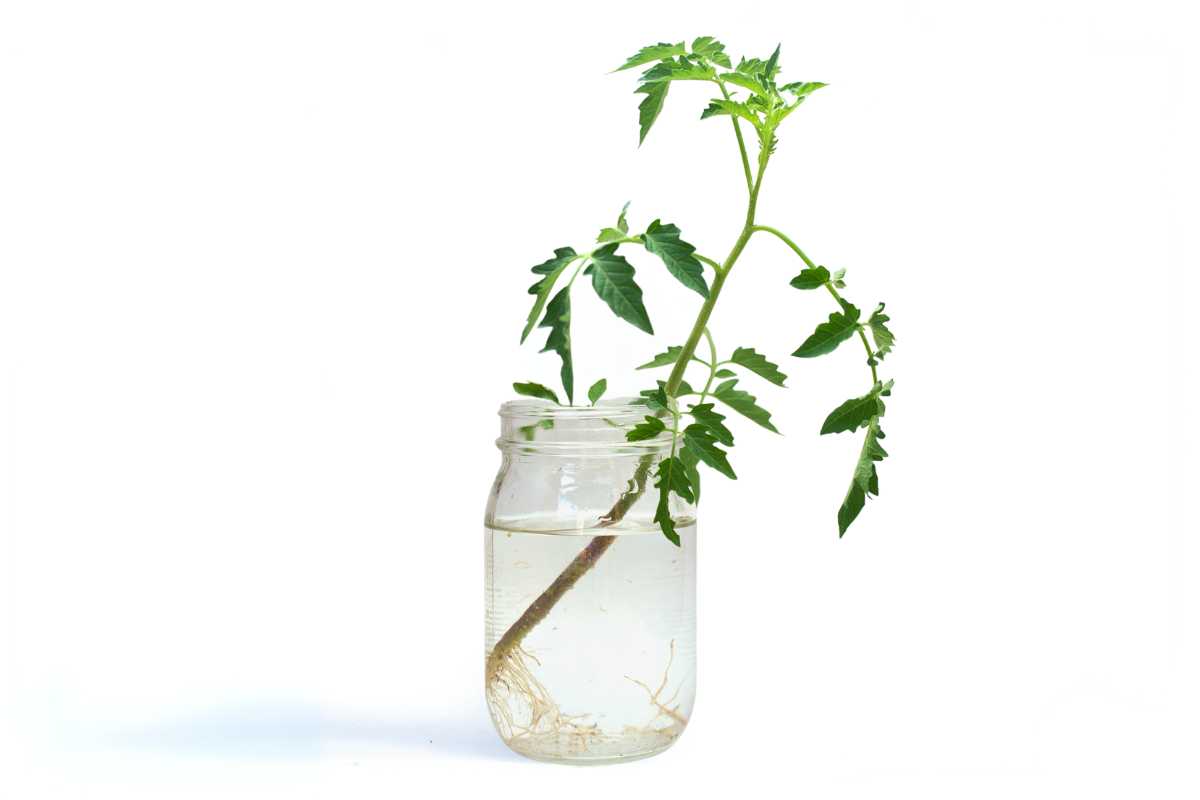
Tomatoes are a popular vegetable to grow in a Kratky hydroponic system. They are relatively easy to grow, and the Kratky method is well suited for this particular plant.
Tomatoes require regular nutrients, but don’t require large amounts of oxygen. Because of this, they can thrive in the nutrient-rich water that is used with the Kratky method.
Additionally, tomatoes have shallow roots which makes them an ideal plant for the Kratky method.
2. Lettuce
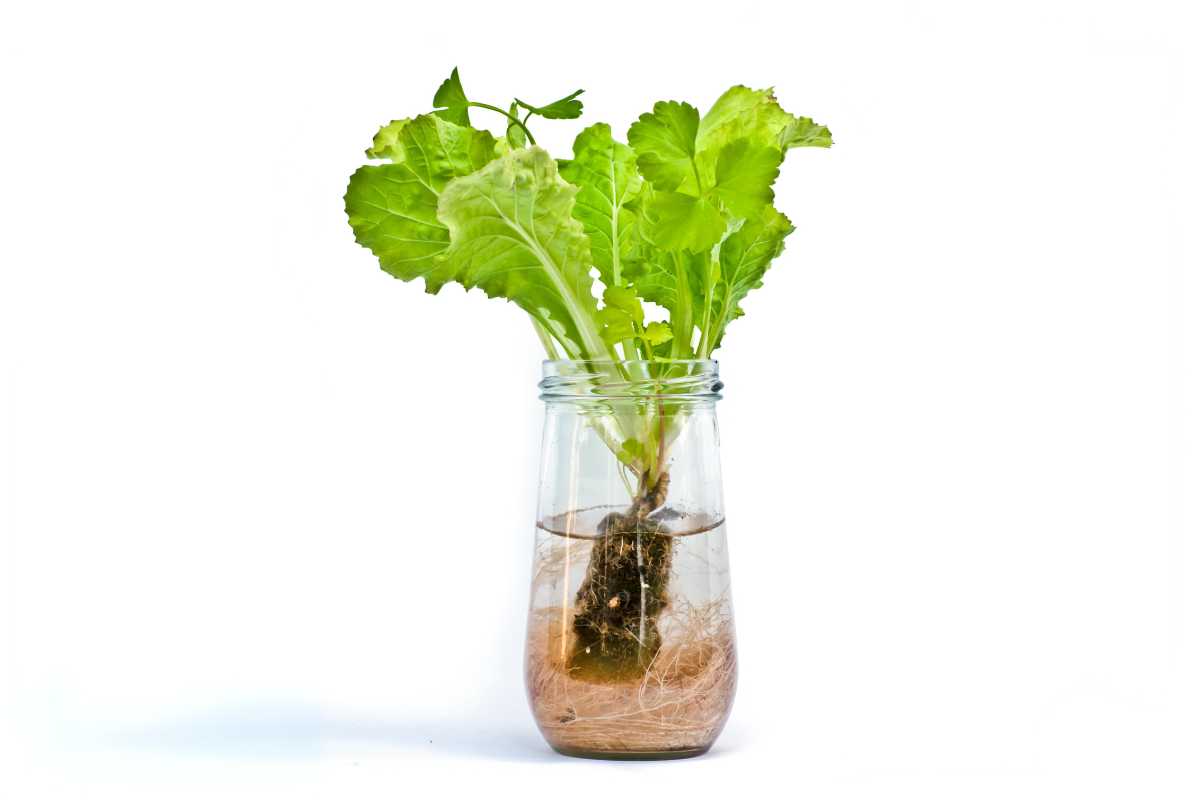
Lettuce is a widely popular leafy vegetable that is suitable for growing in the Kratky hydroponic method.
Lettuce is low maintenance and requires minimal nutrients to thrive, making it ideal for a Kratky system.
It grows quickly, with minimal root growth and can be harvested within 4-8 weeks of planting.
Revolutionize your lettuce growing game with the Kratky method—the perfect solution for lush greens that thrive in small containers and require minimal watering thanks to their shallow root structure!
3. Cucumbers
Cucumbers are a type of plant that belong to the Cucurbitaceae family, which also includes melons, squash, pumpkins, and gourds.
These versatile delights can add a zesty kick to your pickling game or be devoured fresh for a mouthwatering explosion of flavor.
Cucumbers are suitable for the Kratky hydroponic method due to their vine-like growth and low support requirements.
Cucumbers can tolerate water levels up to 1 inch (2.5 cm) and thrive in temperatures between 68-86°F (20-30°C).
4. Peppers
Discover the perfect match for the Kratky hydroponic system: peppers! Peppers are easy to grow in this system due to their shallow root systems and moderate water needs.
The Kratky method allows peppers to have an ideal balance between oxygen and moisture, which helps them to grow quickly and healthily.
The system used for peppers is cost-effective due to its lack of pumps or timers, resulting in minimal resources used.
5. Spinach
Get your daily dose of nutrients with the superstar of veggies—Spinach! This green powerhouse is packed with health benefits and is a staple in many diets around the world.
This crop can be grown in temperatures ranging from 45 to 75°F, which classify it as a cool-weather crop.
Spinach is the perfect match for the Kratky hydroponic method! Its low-maintenance needs for water and nutrients make it the ultimate choice for this system’s still water environment.
The Kratky method also allows spinach to get enough oxygen to support healthy root growth.
6. Herbs
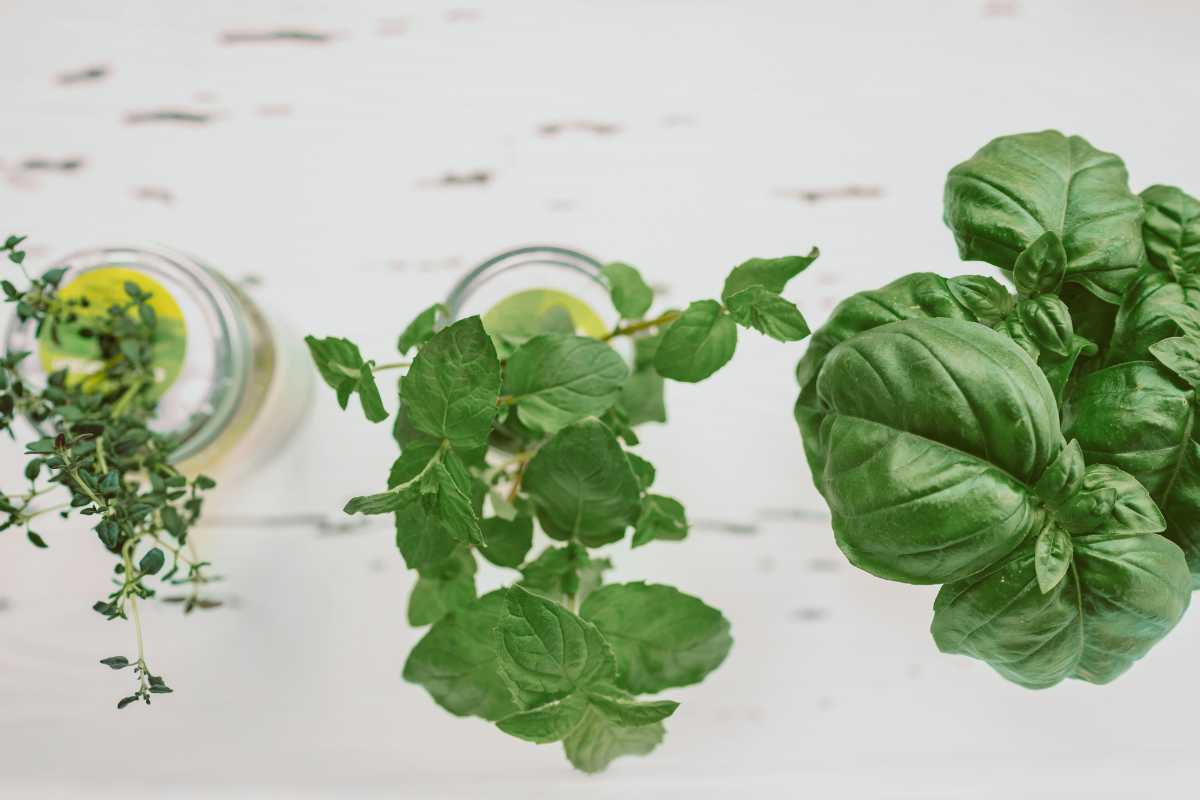
Herbs are the superstars of the plant world! Not only are they visually stunning and emit a delightful aroma, but they also pack a punch in the kitchen, the medicine cabinet, and as decorative accents.
Plus, they’re low-maintenance and can work their magic in countless ways.
Grow your own herbs with ease and style using the Kratky hydroponic method—the low maintenance solution that beats all other hydroponic techniques!
This method does not require any water pumps or timers, so the risk of root rot decrease significantly.
Additionally, the nutrient-rich water solution helps promote healthy herb growth without frequent top-ups or changes in nutrient solutions.
7. Strawberries
Did you know that strawberries, those juicy little gems, hail from the genus Fragaria? They’re officially classified as fruit and can be found in temperate regions all over the world.
One reason why it is often selected as a crop for hydroponic systems is due to its shallow root system, requiring less space compared to other fruits and vegetables.
The Kratky method is a viable option for strawberry cultivation because of its passive approach that doesn’t rely on electricity or pumps, making it cost-effective and low-maintenance.
How to Build a Kratky Hydroponic System?
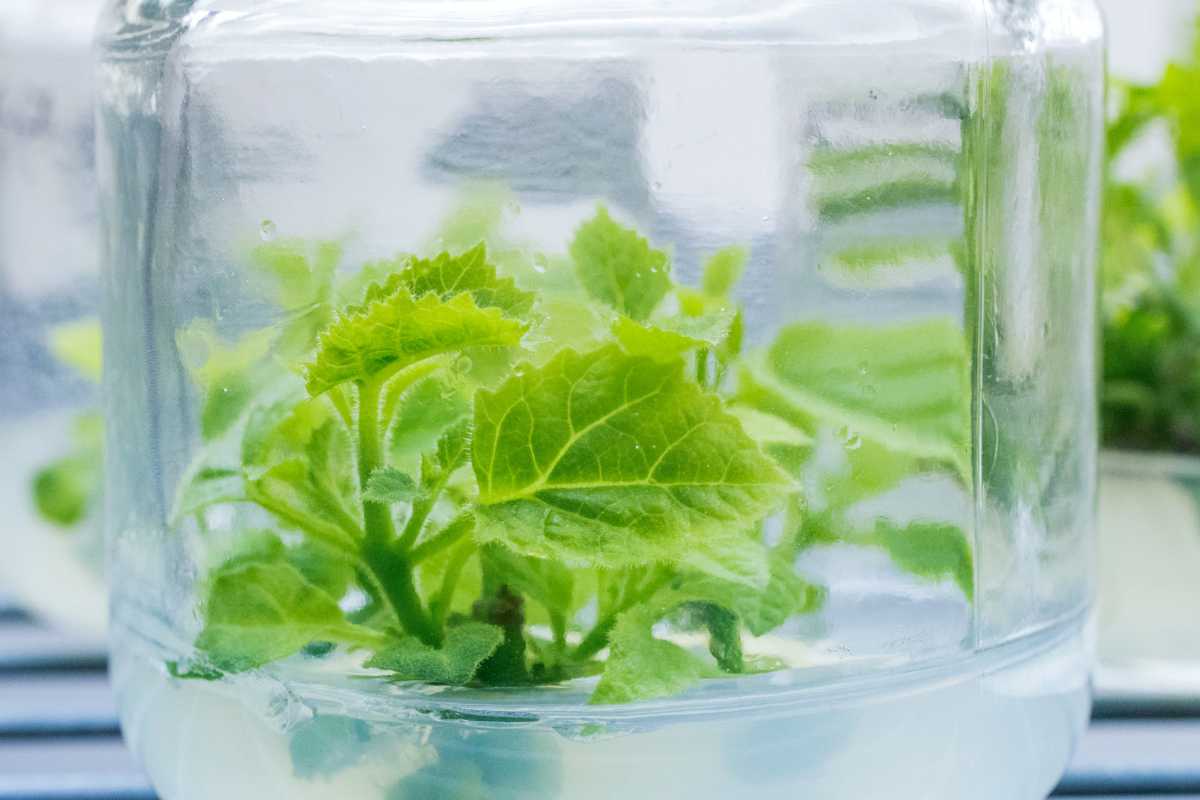
You can build your own Kratky hydroponic system with basic items. Yes, you won’t need any industrial equipment.
Here are some items that you will need to build your very own Kratky hydroponic system:
- A container/reservoir – The size of the container that you need will be dependent on what type of plants you decide to grow, and the desired size of your Kratky system. Smaller systems can be the size of a mason jar, while larger scales of Kratky systems use a 5-gallon container.
- A plastic or Styrofoam lid – The lid of your growing container needs to be strong and is very important. Your lid will support the roots of your plants above the water, and prevent water from evaporating.
- Net pods – The appropriate size of net pods is determined by the plants you intend to cultivate.
Now that you have all the equipment needed to build your own Kratky hydroponic system, you can begin to build it!
Here are several steps you can follow on building your own Kratky hydroponic setup:
1. Firstly you will need to drill/cut the lid of your container. The hole must be big enough to hold the net pod.
2. Once the holes have been drilled in your lid, place the net pods, in the holes and test them and to make sure that the holes are the correct size.
3. To fill the reservoir, remove the net pods from the holes and use chemical-free and safe water for your plants.
4. Ensure that your water contains appropriate levels of nutrients, monitor the pH balance, and adjust as necessary.
5. Place your plant in a net pod and surround it with a growing medium. The roots of the plant must protrude from the bottom of the net pod. Insert the net pod into the drilled hole of the container lid.
6. The net pod must be secured to the lid, making sure that there are no gaps for any pests or direct sunlight to enter.
7. The roots of your plants must be partly submerged in the nutrient-rich water solution, leaving parts of the roots exposed to the air.
Benefits of the Kratky Method
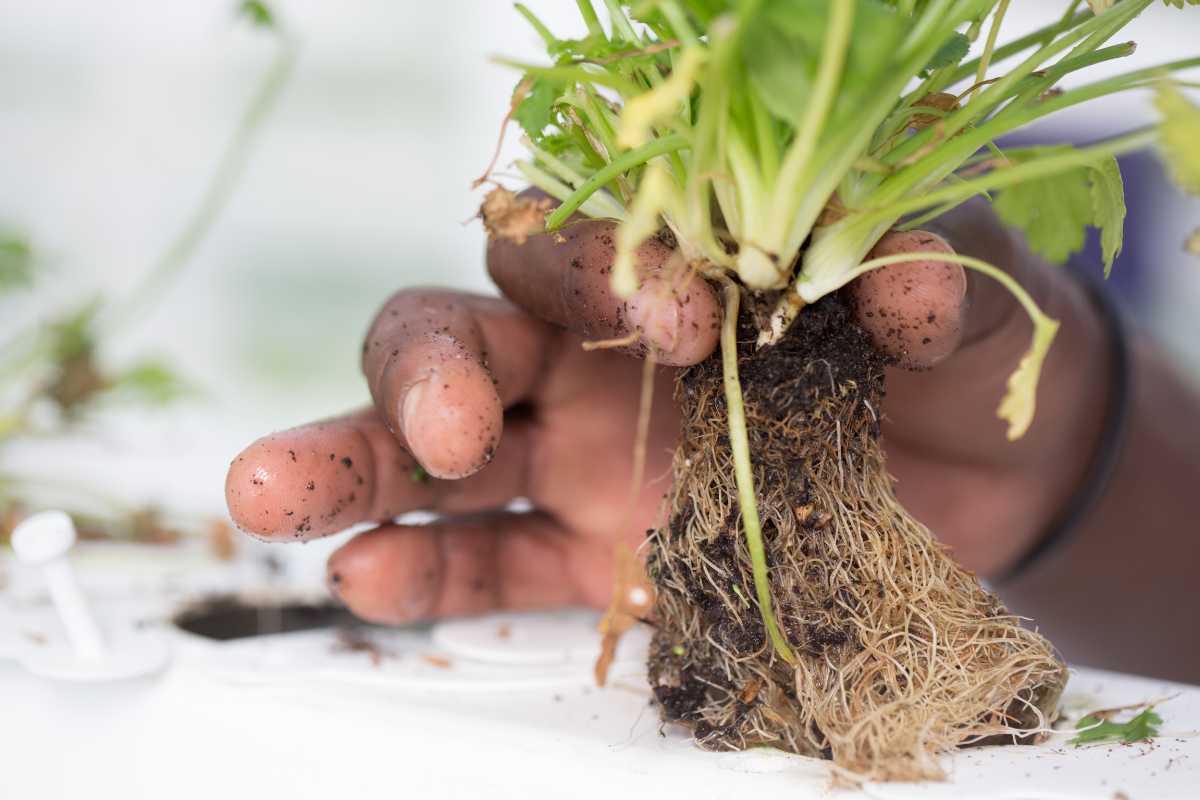
Seeing as we have discussed what the Kratky method is and how you can build your own, we’ll discuss some of the benefits of using it, compared to other hydroponic systems:
No Electricity is Needed with Kratky
A significant challenge faced by many hydroponic systems is the substantial requirement for electricity to operate the system.
Equipment such as water or air pumps, filters, fancy grow lights, and others typically require a significant amount of power. The Kratky method doesn’t need any form of electricity.
This system provides a solution for individuals living in regions with unreliable electricity who want to cultivate their own plants.
The Kratky method is a hydroponic system that offers cost-saving benefits in comparison to other systems.
Less Maintenance in the Kratky Method
Get all the perks of a hydroponic system without the hassle cost of maintenance!
For hydroponic systems, daily monitoring is typically necessary, with the exception of the Kratky method which involves minimal maintenance requirements.
It is important to periodically check the nutrient levels and water levels in your container and adjust the pH balance if necessary.
Cheaper to Build Kratky Hydroponic Systems
Setting up a hydroponic system can be expensive due to the cost of the necessary equipment.
In comparison, the Kratky method has a lower initial setup cost and is considered inexpensive.
There is no need for complex setups with water pumps, timing systems, hoses, or fluorescent lights.
This will initially save you money upfront, and there’s no need to replace or repair any of this equipment later down the line.
Disadvantages of the Kratky Method
There are several benefits to using the Kratky method, but it does come with drawbacks:
Stagnant Water
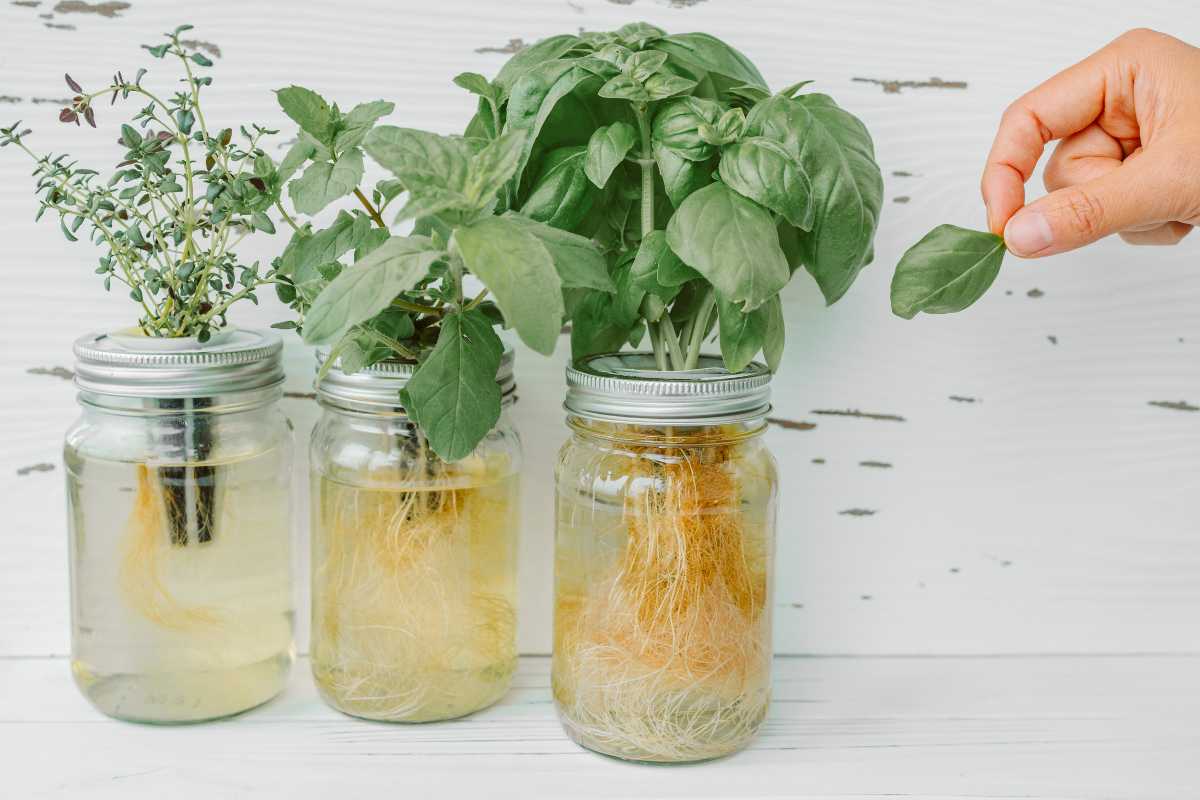
The Kratky method doesn’t use any water pumps or circulation.
Your nutrition-rich water will become stagnant, and this often creates a problem with attracting unwanted pests. You will need to make sure that the lid of your container is secured and closes well.
Beware! Warm and stagnant water is a breeding ground for pests and diseases, including the notorious root rot. Don’t let stagnant water be a playground for these unwanted visitors!
Large Plants Take Longer Harvest Times
The Kratky method can be used to grow many different varieties of plants.
However, larger plant species tend to struggle with this method as they require higher levels of oxygen.
This hydroponic method doesn’t provide sufficient oxygen for larger plant species, and as a result, they take an extended time to grow.
Hard to Top Up or Change Nutrient Solution
The Krakty method uses one tank system, unlike other hydroponic systems that have two reservoirs.
A two-reservoir system stores nutrient solution in one and irrigates your plants with the other tank.
This is a major disadvantage as it is increasingly difficult to top up the nutrient solution if it runs out.
Should it run out, you will be forced to remove your plants, which can be dangerous, as their roots are delicate, and wash your container. Only then can it be replenished with nutrients.
Kratky Growing Method Tips
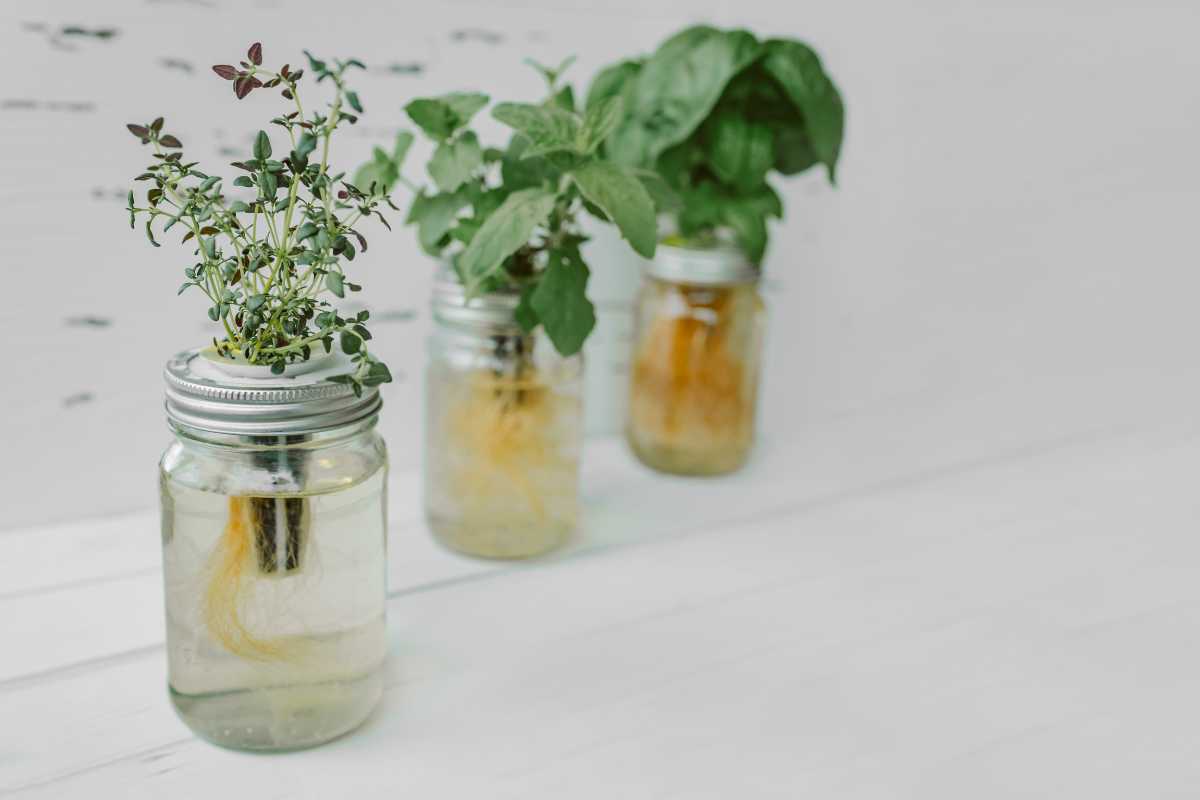
We’ve done some research and discovered some useful tips for the effective growth of your plants using the Kratky method.
Here are a few tips that will come in handy when starting your own Kratky hydroponic system:
Use a pH-Neutral Growing Medium
Unlock the potential of your hydroponic system with a range of growing mediums to choose from!
Get your plants thriving with the ultimate growing medium—Rockwool, Perlite, or a biodegradable medium like Coconut Fiber/Coco Coir or expandable Clay Pellets!
For the best results, stick to a pH-neutral medium—your plants will thank you for it.
Use Separate Containers For Different Types of Plants
You may wish to grow more than one type variant of plant species in your Kratky hydroponic system. It is possible, however, it may cause some problems as plants have different growth rates and nutritional demands.
It’s best to grow the same species of plant in their own containers.
When Bok Choy and Butterhead Lettuce are grown together in the same container, Bok Choy will absorb the majority of the nutrients, leaving the lettuce without enough to sustain itself.
Growing similar plants in one container is feasible, but it requires that the plants have identical needs and growth rates.
Don’t Overfill Your Container
When using a Kratky system, make sure that the water level is correct.
The water in your system should be barely touching the bottom receptacle of the germinated seed.
The roots of a plant require oxygen to breathe. Should the roots be fully covered in water, they will suffocate.
Final Thoughts on Kratky Hydroponic Technique
Kratky hydroponics is a method of plant cultivation that does not require electricity or complex equipment, and is considered highly effective.
Revolutionize your gardening game with this method that not only saves precious resources like water, space, and time, but also yields a top-notch harvest!
Kratky hydroponics offers a simple and cost-effective solution for those interested in gardening, whether it be for growing produce or experimenting with new plants.
Say goodbye to seasonal limitations and hello to fresh produce all year long, while also doing your part for sustainability. Give it a try and watch your garden thrive!
Discover the benefits of this innovative gardening method by starting your own Kratky hydroponics project today!
Check out these interesting reads to learn more about Kratky hydroponic method:

